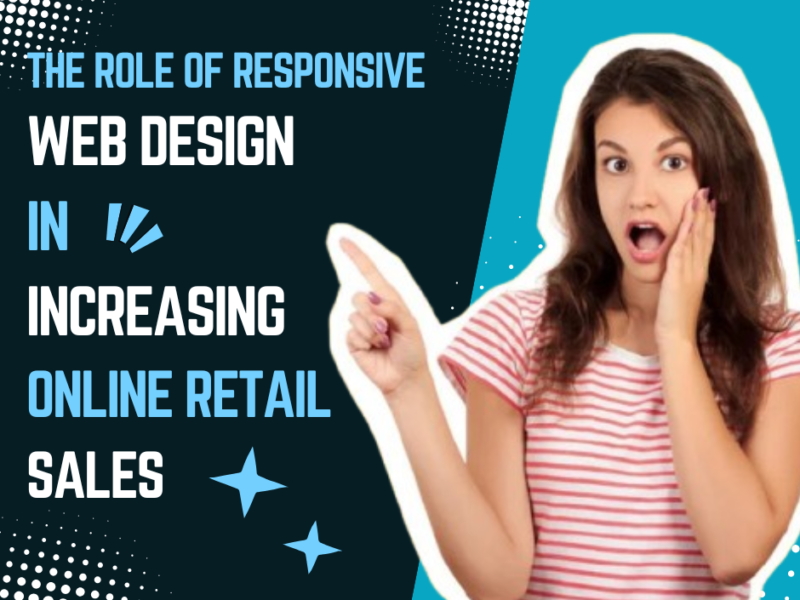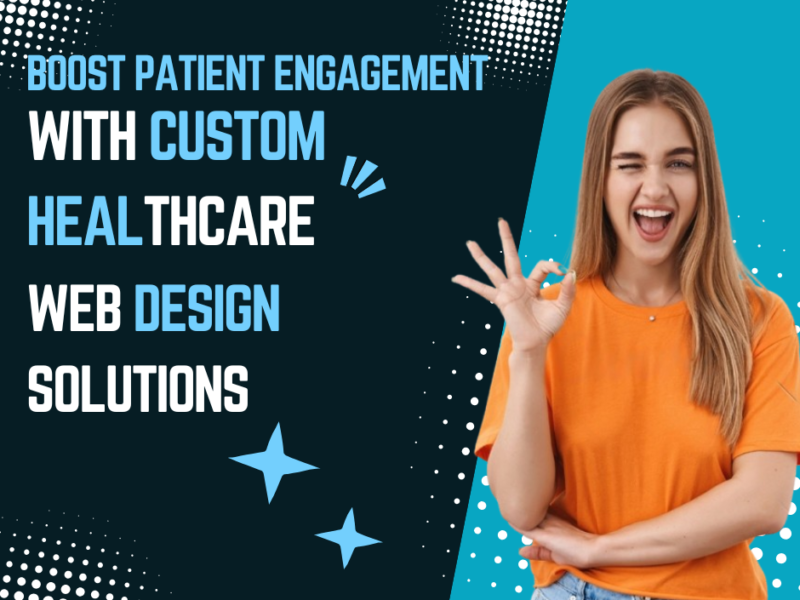
Days
Hours
Minutes
Seconds
Your Deal is Expired
|
|

Edit Content

As a leading online marketing company, always focuses on changing and improving businesses and their outcome.
Where to find us
- SN-3, First floor, ratauli road, near Town park, Bank Colony
- herry@hanuitsolutions.com
- +917082069620
Working Hours
- Mon-Sat : 9:00am - 6:00pm
- Sunday - Closed
Get In Touch
Facebook-square
Instagram
Linkedin

Web Design Essentials for Automotive Businesses: What Drives More Sales
In the competitive automotive...

Why Law Firms Need a Mobile-First Web Design to Stay Competitive
In today’s digital era, online presence...

Enhancing School or Institution Listings with Google My Business Tools
In today’s digitally-driven world,...

Web Design Features That Make Educational Websites More Engaging
In the digital age, educational websites...

The Role of Responsive Web Design in Increasing Online Retail Sales
In today’s digital age, online...

Real Estate Web Design Trends That Convert More Leads in 2025
As the real estate market continues to...

Essential Web Design Features for Hotels That Drive Direct Bookings
In the digital age, a hotel’s website...

How Google My Business Enhances Online Visibility for Clinics and Hospitals
Online visibility is crucial...
No posts found

